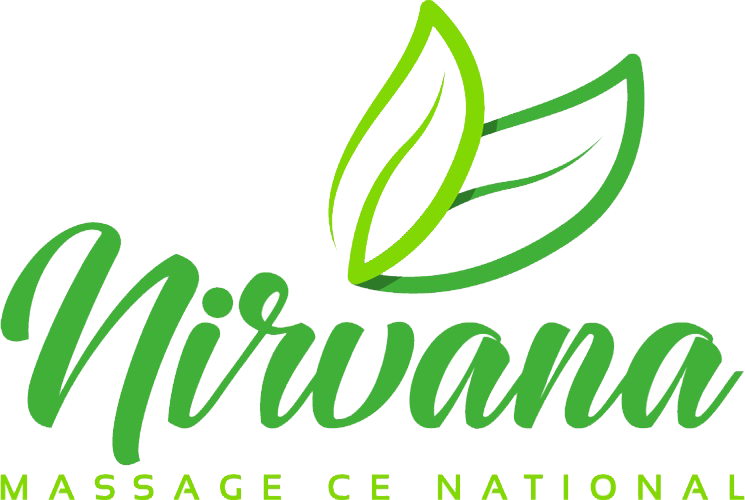Product Description
Geriatric massage is the #1 fastest growing segment of practice in the United States, due to the baby boomer population entering retirement. In this 4 CEU class, learn more about the adaptations that should be made during a massage treatment.
Course outline:
Course outline:
- Chapter One: What is Geriatric Massage?
- Chapter Two: Benefits of Geriatric Massage
- Chapter Three: Geriatric Massage: The Tissues and State of Mind
- Chapter Four: Working With Staff in a Medical Facility
- Chapter Five: Working With Patients in Medical Facilities
- Chapter Six: Preventing Infections in Medical Facilities
- Chapter Seven: Meeting the Client
- Chapter Eight: The Massage
- Chapter Nine: Comfort Touch Techniques
- Chapter Ten: Comfort Touch Sequence
- Chapter Eleven: Documentation and Other Considerations
Product Videos
Custom Field
4 CEUs 4 CREDIT HRS (4 CEUs)



